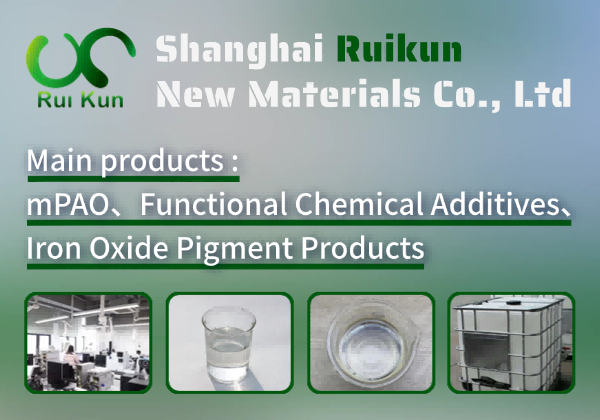What is Tartaric acid
Tartaric acid is a naturally occurring organic acid found in many fruits, particularly grapes, bananas, and tamarinds. It is widely used in the food and beverage industry as a flavor enhancer, acidulant, and stabilizer, contributing a sharp, tangy taste to products like wines, candies, and soft drinks. In baking, it acts as a leavening agent when combined with baking soda. Beyond its culinary applications, tartaric acid is utilized in pharmaceuticals, cosmetics, and cleaning products due to its antioxidant and chelating properties. Known for its versatility and safety, tartaric acid is a key ingredient in both industrial and household applications, offering a natural and effective solution for various needs.
Preparation Process: Tartaric acid can be prepared through several methods: 1. **Extraction from Grapes**: Crush grapes to obtain juice, then precipitate calcium tartrate by adding calcium hydroxide. Treat the precipitate with sulfuric acid to yield tartaric acid. 2. **Chemical Synthesis**: Oxidize maleic acid with hydrogen peroxide in the presence of a tungsten catalyst, followed by hydrolysis to produce tartaric acid. 3. **Fermentation**: Use glucose or other sugars with *Gluconobacter* bacteria to produce tartaric acid via microbial fermentation. 4. **Racemic Resolution**: Separate the naturally occurring L-(+)-tartaric acid from racemic mixtures using chiral resolving agents. Purification involves recrystallization from water.
Usage Scenarios: Tartaric acid is widely used in the food and beverage industry as an acidulant, flavor enhancer, and leavening agent in baked goods. It stabilizes colors and flavors in candies, jams, and soft drinks. In winemaking, it adjusts acidity and prevents crystallization. The pharmaceutical industry employs it in effervescent tablets and as a chiral resolving agent. Tartaric acid also acts as a chelating agent in cleaning products and metal polishing. In photography, it serves as a developing agent, while in textiles, it aids dyeing processes. Additionally, it is used in cosmetics for pH adjustment and as an antioxidant in skincare formulations.
Tartaric acid Basic Info
Tartaric acid Price
- **United States**: $5 - $15 per kg
- **China**: $2 - $8 per kg
- **Russia**: $4 - $10 per kg
- **Germany**: $6 - $12 per kg
- **India**: $3 - $7 per kg
- **Japan**: $8 - $15 per kg
- **Brazil**: $5 - $12 per kg
- **South Korea**: $7 - $14 per kg
- **Philippines**: $4 - $10 per kg
- **United Kingdom**: $6 - $13 per kg
- **France**: $6 - $12 per kg
- **Mexico**: $5 - $11 per kg
- **Canada**: $6 - $14 per kg
- **South Africa**: $4 - $10 per kg
- **Egypt**: No results
- **Turkey**: $5 - $12 per kg
- **Thailand**: $4 - $9 per kg
- **Indonesia**: $3 - $8 per kg
These ranges are approximate and may vary depending on market conditions and supplier pricing.



